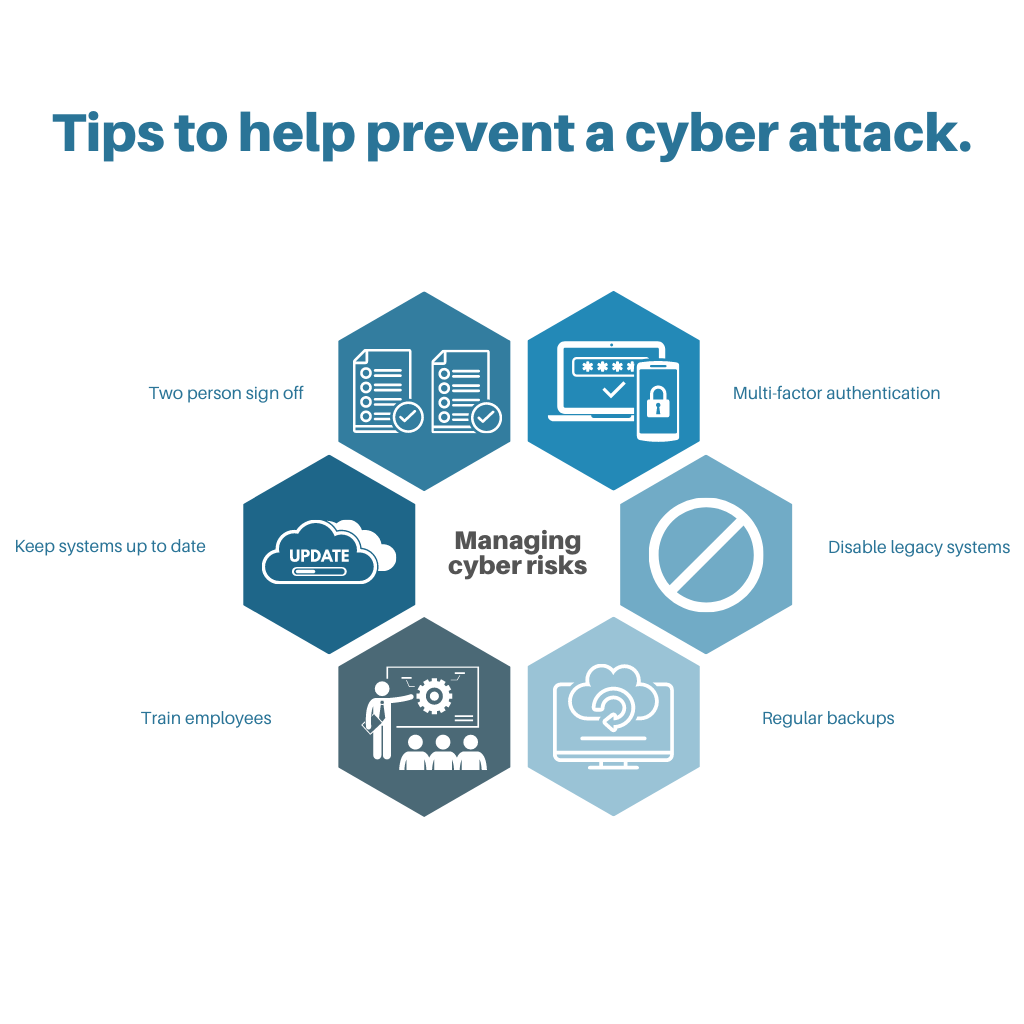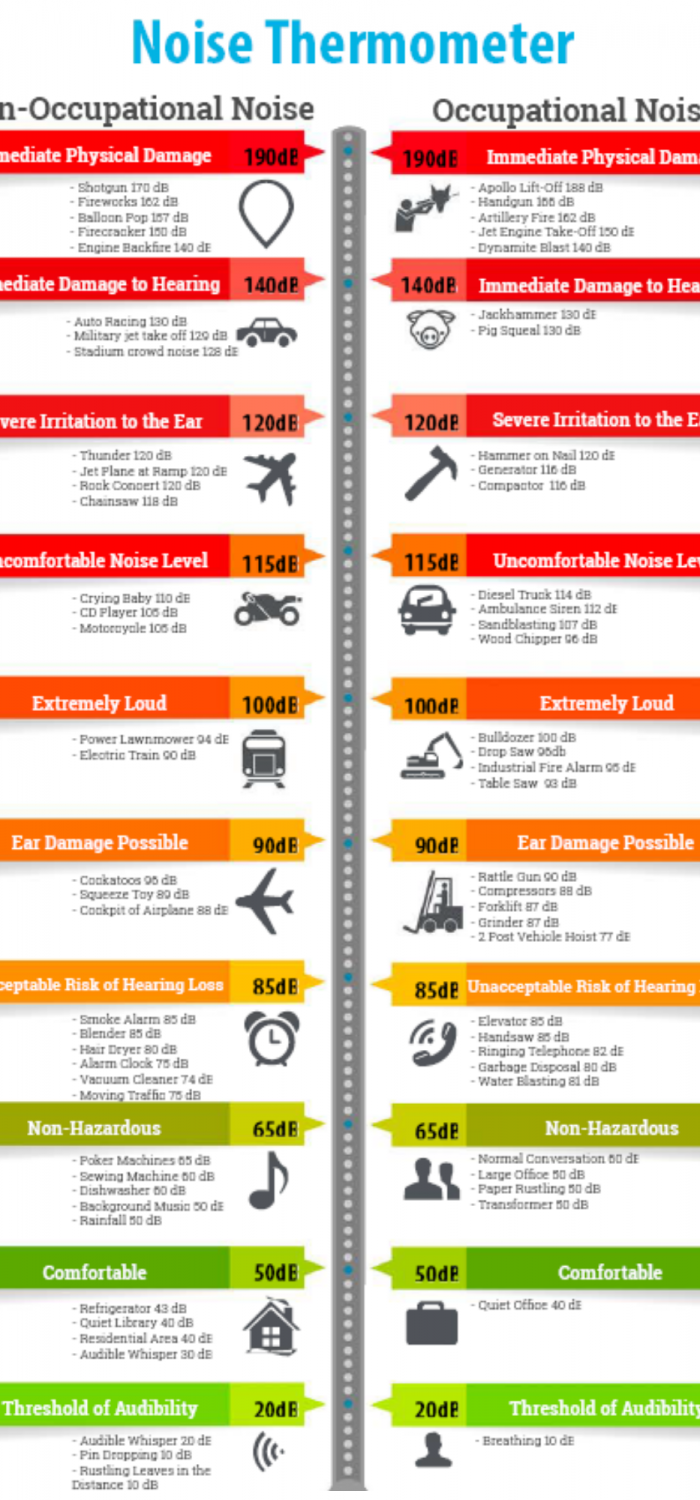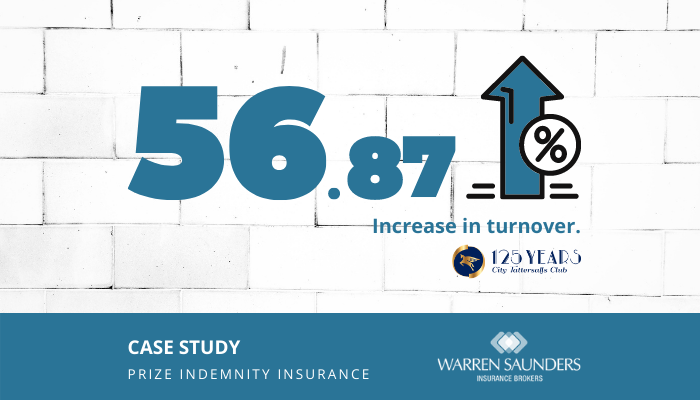cyber premiums on the rise
Similarly to what we saw happen with D&O cover, we are now seeing more challenging market conditions in the Cyberspace as a result of an increased number of cyber attacks against businesses – particularly the rise in ransomware.
We sat down with Gerry Power from Emergence Insurance who are a specialist insurer in Cyber. He suggested some additional claims trends in the cyberspace:
- There is an increased severity of ransomware attacks.
- Business email compromise – employees are getting tricked into clicking on phishing emails, clicking links and opening attachments.
- Exfiltration of the data – criminals are selling the data.
- Cyber theft – for example, fraudulent invoices are being created and companies are paying them
- Social engineering – where people are being tricked into giving up confidential information.
In order to combat this challenging market and present your business in the best light to the insurers, it is important that businesses manage their risks. Some of the things businesses can do are:
- Multi-factor authentication – this introduces another level of complexity to an organisation.
- Disable legacy systems.
- Regular backups – keep these off-site. This assists incident responders in the event of a breach.
- Train employees on what to do in response to a suspicious email or pop up.
- Keep your systems up to date.
- Implement a two person sign off procedure.
If you need help in any of these areas, or you have any questions with regards to Cyber insurance, don’t hesitate to reach out to our team on (02) 9587 3500 or email your account manager.









